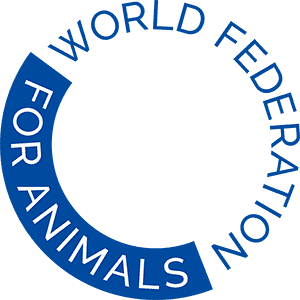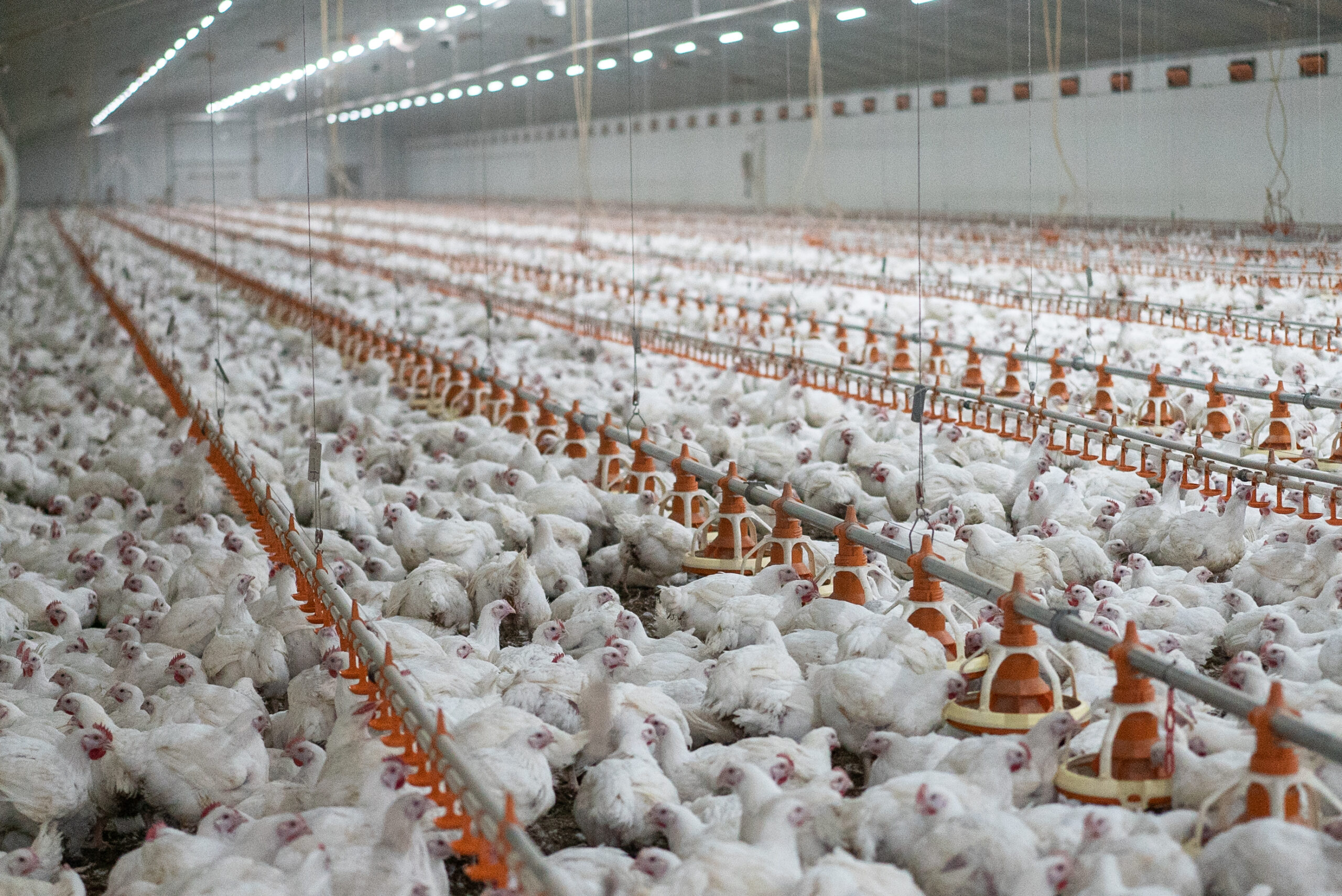About UNEA 5
The United Nations Environment Assembly (UNEA) is the world’s highest-level decision-making body on the environment. It is a key advocacy opportunity for furthering animal issues at UN level.
The fifth UNEA – UNEA 5 – will be unlike any other, due to the COVID-19 pandemic. The UNEA Bureau decided on 8 October 2020 that UNEA-5 should take place in a two-step approach. The first session of UNEA-5 will be conducted virtually on 22-23 February 2021 with a streamlined agenda that will focus only on urgent and procedural decisions. Then, substantive matters that require in-depth negotiations will be deferred to a resumed in-person session of UNEA-5 in February 2022 in a format to be agreed at a later stage.
The overall theme of UNEA-5 is “Strengthening Actions for Nature to Achieve the Sustainable Development Goals”. The UN Environment Programme (UNEP) says that:
“The theme calls for strengthened action to protect and restore nature and the nature-based solutions to achieve the SDGs in its three complementary dimensions (social, economic and environmental). UNEA-5 provides Member States and stakeholders with a plat-form for sharing and implementing successful approaches that contribute to the achievement of the environmental dimension of the 2030 Agenda and the SDGs, including the goals relation to the eradication of poverty and sustainable patterns of consumption and production. UNEA-5 will also provide an opportunity for Member States and Stakeholders to take ambitious steps towards building back better and greener by ensuring that investments in economic recovery after the COVID-19 pandemic contribute to sustainable development.”
UNEA 5.1.
The agenda for UNEA 5.1. is here. It includes:
- International environmental policy and governance issues;
- Programme of work and budget, and other administrative and budgetary issues – which includes UNEP’s Medium-Term Strategy;
- Stakeholder Engagement; and
- The commemoration of the creation of the United Nations Environment Programme by the United Nations Conference on the Human Environment held in Stockholm in 1972 (Stockholm+50).
The World Federation for Animals (WFA) and some of its leading member societies will be playing an active role in UNEA 5.1. advocating for the interests of animals. The major issues we are pressing for in the context of UNEA 5.1. are:
UNEP’s Medium-Term Strategy and Programme of Work
- COVID-19 and Pandemic Prevention
The Medium-Term Strategy should provide a stronger message on the environmental and animal pressures that allowed COVID-19 to turn into a global pandemic, the pandemic’s enormous impacts on every dimension of the SDGs, and the threat of potential devastation from new and more virulent future pandemics. The Strategy should emphasise the need to rethink our relationship with and handling of nature and animals to prevent future pandemics.
We will use the Animals’ Manifesto – supported by 170 animal protection organisations – to guide and inform this work.
There should also be more about UNEP’s role in ensuring that pandemic recovery includes environmental issues at its core, and future pandemic prevention. This means replacing the problems and mindsets that caused the pandemic and the collapse of natural systems, with forward-thinking, green and humane alternatives.
- One Health-One Welfare
There should also be much more about the One Health-One Welfare approach in the strategy, including why this is so important to future pandemic prevention, and how this will be used in proactive policy-making and coordinated action across relevant policy bodies. At present, this coordination mechanism is mainly used as a technical health response. But it needs to be used in wider policy analysis and transformative change, providing systemic solutions for systemic problems. Problems which affect more than health, but every aspect of human, animal and environmental well-being.
- Animal Welfare
Animal health and welfare should no longer be ignored by UNEP in its policy-making and programmes, but explicitly included in its strategy and work programme. This is the only way to achieve effective and holistic action to reorientate human relationships with the environment and animals.
- Transformative Change
The current existential threats to our planet underline the need for transformative changes which effectively tackle the root causes and drivers of this devastation. These root causes and drivers are often systemic, and reach across pillars. They need systemic understanding, and urgent action. And they need to be fully taken into account in the UNEP Strategy and Work Programme.
One example is food systems, which are dealt with below.
There is also a need to reassess existing economic and development paradigms; prioritising the well-being (or preferably thriving) of people, animals and nature, instead of endless economic growth as measured by GDP. UNEP should be working to analyse and support alternative policy and economic systems, such as Doughnut Economics, which also considers Planetary Boundaries, the circular economy etc.
- Food Systems
There is an urgent need for UNEP work on the transformation of food systems, so environmental and animal aspects can be fully developed and taken forward into this year’s Food Systems Summit.
Industrial animal agriculture is inhumane. It also causes major detrimental impacts on the environment including climate change, biodiversity loss, and water and air pollution; and also overuse of water, soil degradation and expansion of pastures for cattle and cropland to grow animal feed into forests, savannahs and other key ecosystems.
Not only are food system issues important because they address industrial agriculture, but we also need to remember that the that most of the detrimental impacts these systems cause will also affect animals lives and well-being – climate change, droughts, loss of biodiversity – including animal-lives and habitats, and pollution.
International Environmental Law
To close the gaps in international law and its enforcement, and to include animals and animal interests specifically into its sphere.
Preparing for UNEA 5.1.
We have already played an active role in the preparations for UNEA 5, including preparing submissions and attending meetings and consultations. We now have two more important preparatory meetings before UNEA 5.1., which are:
- The Global Major Groups and Stakeholders Forum (GMGSF) (9-11 February 2021), where UN Major Groups and Stakeholders prepare for UNEA, including preparing joint statements and submissions; and
- The fifth meeting of the Open-Ended Meeting of the Committee of Permanent Representatives (15-16 February 2021), which consists of member states representatives who will prepare for UNEA 5.1., with the participation of stakeholders.
Wish us every success in making the case for animals!





